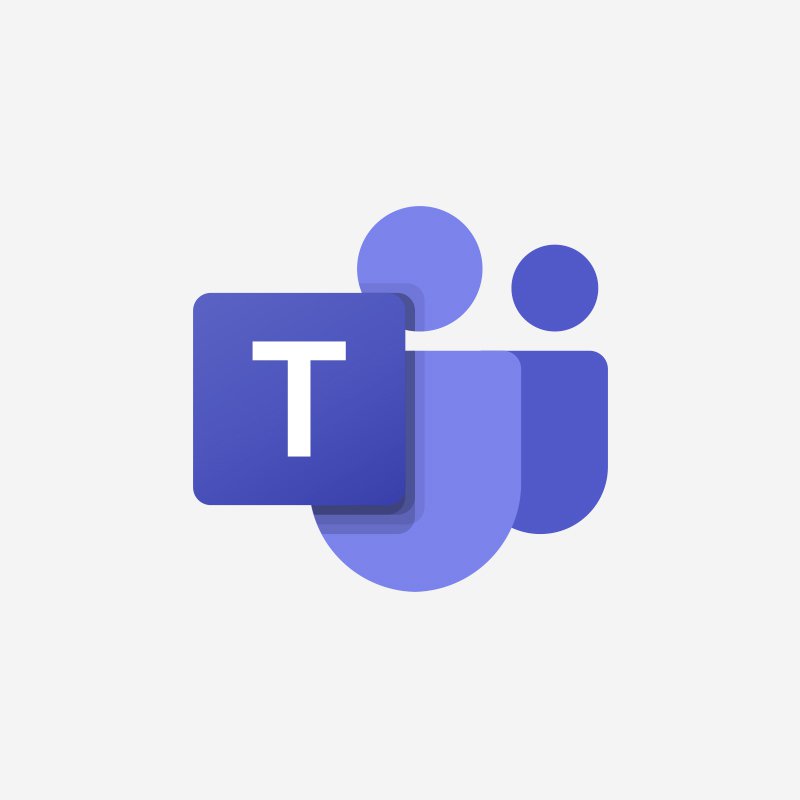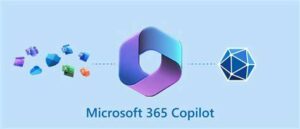Microsoft has unveiled several new features and capabilities designed to improve and expand the meeting experience in Microsoft Teams. These updates aim to make Teams more versatile and user-friendly, ensuring it stays competitive in the rapidly evolving landscape of virtual meetings.
SIP Join for Microsoft Teams Room (MTR)
One of the most anticipated features is the introduction of SIP Join, coming to Microsoft Teams Room (MTR) systems on Windows later this year, with support for Android systems following in 2025. This feature will allow third-party conferencing services like Amazon Chime, Google Meet, Zoom, Cisco WebEx, and others to integrate seamlessly with Teams meetings. This means users can join these services just like they would a Teams meeting, enhancing interoperability and flexibility.
Windows Autopilot for MTR on Windows
Another significant update is the upcoming availability of Windows Autopilot for MTR on Windows devices. This will enable a full provisioning experience from unboxing to running the first meeting in under an hour, with all management and control options available for remote administration. This feature simplifies the setup process and ensures that MTR devices are ready for use quickly and efficiently.
Digital Signage Support
Digital signage support is also on the horizon for MTR on Windows devices, with Android support to follow at a later date. This feature will allow MTR devices to display third-party services, URLs, and other content, turning them into digital signs when not in use for meetings. This adds a new layer of functionality, making better use of MTR devices during downtime.
For more details on these updates and additional new features, you can check out the full announcement here.
Why These Updates Matter
These new features address key gaps in capabilities and help Microsoft Teams keep pace with competitors, particularly Zoom. Here’s a closer look at why these updates are significant:
Enhanced Interoperability
By supporting most SIP conferencing providers, Teams Rooms will no longer be “locked in” to a single service. This enhances user experience, especially when dealing with multiple conferencing systems, and is particularly beneficial for meetings with external participants. However, it’s important for customers to review their current licensing to understand any additional requirements for activating these features.
MTR on Windows vs. Android
The debate between choosing MTR on Windows versus Android has been ongoing, with Android often being the more cost-effective and faster-to-deploy option. However, Android’s mobile OS foundation sometimes lacks certain kernel and OS features native to Windows. This results in a lag in feature availability for Android-based MTR devices compared to their Windows counterparts. The introduction of Windows Autopilot, which significantly reduces deployment time for MTR on Windows, might influence future decisions in favor of Windows-based systems.
These new features and capabilities underscore Microsoft’s commitment to enhancing the Teams meeting experience and providing users with versatile, efficient tools for virtual collaboration. As these updates roll out, they are set to make Microsoft Teams an even more powerful and competitive platform in the world of virtual meetings.
If you’re interested in hearing more, don’t hesitate to reach out.




